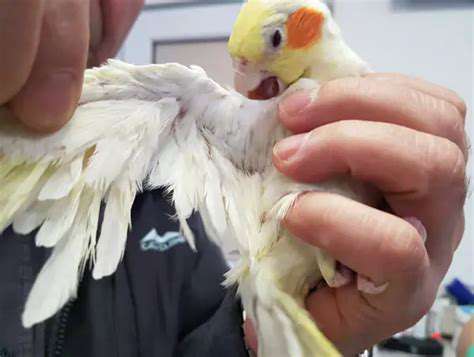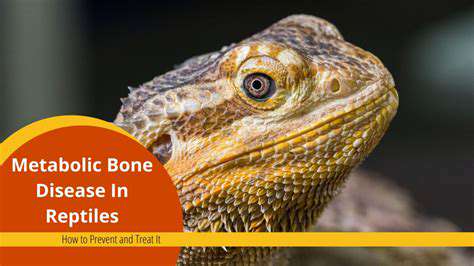Common Bird Illnesses and Their Symptoms
Common Gastrointestinal Issues in Birds
Gastrointestinal (GI) issues are a frequent concern for bird owners, and understanding the common problems can help prevent and address them effectively. These problems often manifest in various ways, from subtle changes in eating habits to more severe symptoms like vomiting and diarrhea. Identifying the underlying cause is crucial, as it dictates the appropriate treatment plan. Early intervention is key to ensuring the bird's well-being and recovery. Ignoring these issues can lead to a range of complications, further stressing the bird and making treatment more challenging.
Several factors can contribute to gastrointestinal problems in birds, including diet, stress, parasites, and infections. A change in diet, such as a sudden shift from a familiar seed mix to a new pellet formula, can lead to digestive upset. Similarly, stressful events, such as a change in environment or the introduction of a new bird, can disrupt a bird's digestive system. Parasites, including worms and protozoa, can cause inflammation and irritation in the gut. Infectious diseases can also play a significant role in GI problems, with bacteria and viruses often leading to inflammation and dysfunction.
Dietary Issues and Their Impact
Dietary indiscretions are a common cause of digestive problems in birds. Overfeeding, particularly with foods high in fat or sugar, can lead to digestive upset, as can consuming spoiled or contaminated food. Birds are prone to overeating if given too much food, leading to a condition known as fatty liver disease. A bird's nutritional requirements can change based on factors like age, species, and activity level. It is essential to provide a balanced and appropriate diet for the specific needs of each individual bird. Monitoring the bird's eating habits, looking for any unusual changes in droppings, is essential.
Introducing new foods into a bird's diet should always be done gradually to minimize the risk of digestive upset. Observing the bird's reaction after introducing new food items and carefully monitoring their droppings is also important. If you notice changes in the bird's droppings, such as an unusual color, consistency, or odor, consult with a veterinarian specializing in avian medicine. This will allow for the proper diagnosis and treatment of the underlying issue.
Parasites and Infections: Identifying and Treating GI Problems
Parasites, like intestinal worms and protozoa, are significant contributors to gastrointestinal distress in birds. These parasites can cause inflammation and irritation in the bird's digestive tract, leading to symptoms such as diarrhea, weight loss, and lethargy. Infectious diseases, caused by bacteria or viruses, can also cause a range of GI problems. Proper diagnosis requires a detailed examination by an avian veterinarian, who can perform fecal examinations to identify parasites and other pathogens.
Infections can trigger severe inflammation and discomfort, leading to various symptoms such as abdominal distension, appetite loss, and difficulty defecating. Identifying the specific cause is key to effective treatment. Treating the underlying infection is crucial for managing the GI problems. The veterinarian will recommend a treatment plan that addresses the specific needs of the bird and the identified problem. These treatments often involve medications that target the parasite or infection, along with supportive care.
Understanding the various factors that contribute to GI issues in birds empowers bird owners to proactively address potential problems. Early detection and appropriate veterinary intervention are essential for preventing complications and ensuring a positive outcome for the bird's health and well-being. Regular monitoring of the bird's droppings, changes in eating habits, and overall behavior are crucial for identifying potential problems early on.
Always consult with a veterinarian specializing in avian medicine for diagnosis and treatment of any suspected gastrointestinal issue. Self-treating can be harmful and lead to further complications.

Read more about Common Bird Illnesses and Their Symptoms
Hot Recommendations
- Review: [Specific Brand] Small Animal Cage
- Why Rescuing Pets Saves Lives
- Best Pet First Aid Kits [What to Include]
- How to Help Stray Animals in Your Community
- Guide to Adopting a Pet When You Have Kids
- Top Reptile Heat Lamps
- Heartwarming Rescue Stories That Will Inspire You
- Review: [Specific Brand] Bird Cage
- Best Aquarium Filters [2025 Review]
- Review: [Specific Brand] Smart Litter Box



